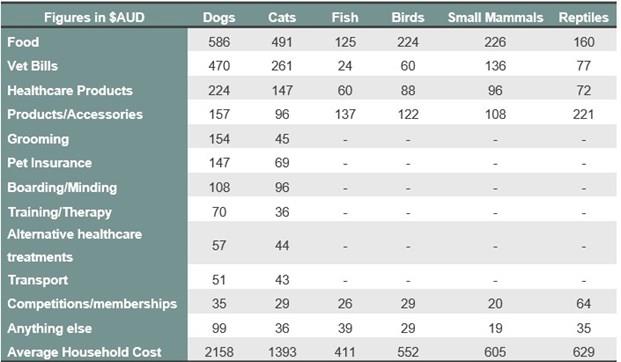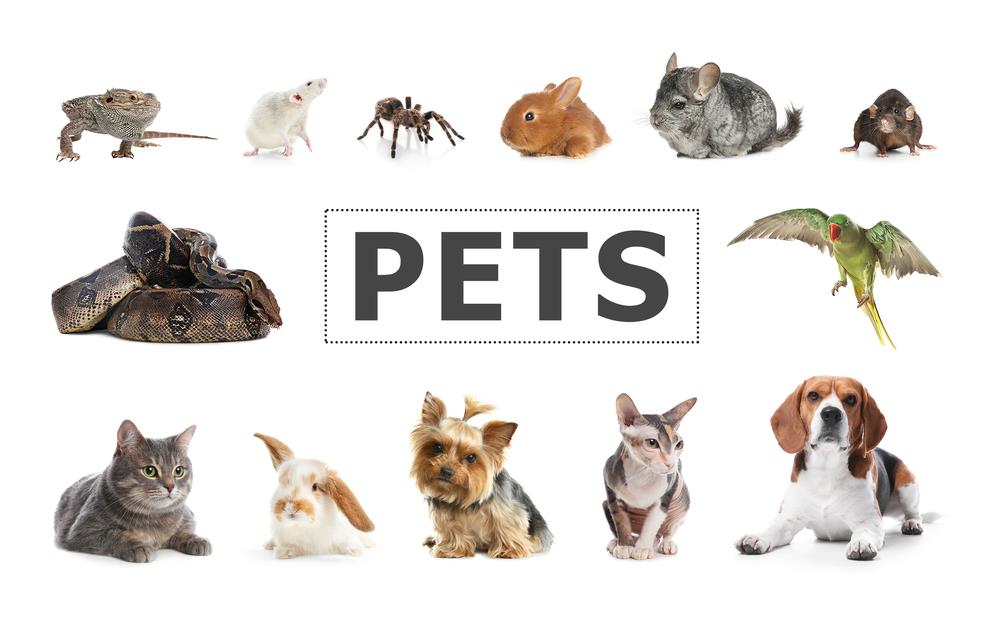Evaluating Your Lifestyle
Before selecting the right pet for your lifestyle, a substantial evaluation of your daily routine is necessary. Recognising whether your schedule allows ample time for pet care is paramount. This involves feeding, grooming, exercising, and providing emotional support to your pet. A hectic routine may not be conducive to owning a pet that requires high maintenance or frequent interaction, such as a dog or a parrot.
Understanding your activity levels is also important. Are you a fitness enthusiast who would love a companion on your morning run? Or a homebody who prefers quiet evenings with a book? Pets, such as dogs, require regular exercise while cats are more sedentary. Choosing a pet that matches your activity level ensures a harmonious coexistence.
The living environment significantly impacts pet choice. Pets need adequate space for movement and exploration. Consider your home’s size, outdoor access, and local animal regulations.
When you combine these factors, you will be closer to finding your ideal pet match. Remember, it’s about finding a friend who complements your lifestyle and becomes a cherished member of your household.
Financial Considerations of Pet Ownership
Ownership of a pet is a rewarding experience, but it’s crucial to understand the financial commitment involved. The cost of pet ownership extends beyond the initial purchase or adoption fee. It encompasses a multitude of expenses over the pet’s lifespan, such as food, toys, grooming, and regular vet check-ups.
Understanding Pet Healthcare Costs
Pet healthcare can be a significant expense, particularly in the case of unforeseen illnesses or accidents. Routine vet visits, vaccinations, and preventative treatments also add up. Pet insurance is an option to consider to help manage these costs.
Budgeting for Pet Food and Supplies
Feeding and caring for your pet involves ongoing costs. A budget can help monitor spending on food, bedding, toys, and grooming supplies. It’s important to factor in the potential for price increases and the varying needs of your pet as it ages.

Assessing Your Time Commitment for Pet Ownership
Before embarking on the rewarding journey of pet ownership, it’s crucial to realistically assess the time you can devote to a new pet. A pet is a long-term commitment, often spanning several years or even decades. Your pet’s health, happiness, and wellbeing largely depend on the time and attention you can provide.
Understanding Time Requirements for Different Types of Pets
Each pet species requires different levels of time commitment. Dogs, for example, require regular exercise, training, and social interaction. In contrast, fish or reptiles might require less interaction but specific care routines.
Balancing Pet Care with Other Responsibilities
It’s essential to balance pet care with work, family, and other responsibilities. Consider how a pet will fit into your daily routine, and be aware that unexpected situations may arise, requiring additional time.
Understanding the Potential for Pet Allergies
Allergies can hinder the joy of pet ownership significantly. It’s essential to understand that any pet, regardless of breed, can potentially trigger allergies. Pet allergies are caused by dander – tiny flakes of skin shed by animals.
Assessing Your Health and Physical Limitations
Before choosing a pet, consider your physical abilities and health status. Dogs, for example, require regular exercise and may not be suitable if you have mobility issues.
Choosing a Pet Suitable for Your Health Status
Consider pets that suit your lifestyle and health status. For example, if you have severe allergies, hypoallergenic pets may be a better choice.
Considering Age and Lifespan of Pets
When selecting the right pet, understanding the average lifespan of different pet species is crucial. A pet’s lifespan can range from a few years, as in the case of small rodents, to several decades, as with certain breeds of birds or tortoises. Thus, potential pet owners must consider not only their current age and life stage but also their future plans.
For instance, a university student may prefer a pet with a shorter lifespan, such as a hamster or a guinea pig, given the uncertainty of their future living arrangements. In contrast, a settled family might opt for a dog or a cat, which typically live for 10-15 years, offering companionship over a longer period.
Balancing the Pet’s Lifespan with Your Future Plans
It’s important to assess your future plans and balance them with your chosen pet’s lifespan. If you plan to travel extensively, having a pet that requires a long-term commitment might not be suitable.
Remember, choosing the right pet for your lifestyle requires careful consideration of both your pet’s lifespan and your personal circumstances. With this understanding, you can ensure a harmonious relationship for the duration of your pet’s life.
Understanding Pet Personality and Temperament
Just as humans, pets possess diverse personalities and temperaments. These unique traits influence their behaviour, making it crucial in the pet selection process. Some pets are active and playful, while others prefer a quieter, more relaxed lifestyle. Understanding your potential pet’s personality and temperament should align with your lifestyle for a harmonious living environment.
How Breed-Specific Traits and Behaviours Impact Your Choice
Each pet breed has its own set of characteristics. For example, some dog breeds like Border Collies are notably energetic and require lots of exercise, making them a poor fit for sedentary owners. On the other hand, breeds like the British Shorthair cats are known for their calm temperament.
Matching Pet Temperament with Your Lifestyle
To ensure a successful pet-owner relationship, an alignment between your lifestyle and your pet’s temperament is crucial. If you lead an active lifestyle, a pet that enjoys exercise would be ideal, whereas a more laid-back pet would suit a quieter home. Additionally, if you have a family, consider a breed known for its sociability and gentleness with children.
Family and Household Considerations When Choosing a Pet
Choosing a pet is a significant decision that will impact the dynamics of your entire family. It’s essential to consider the potential effect of a new pet on your existing family structures and living space.
Assessing the Impact of a Pet on Family Dynamics
Pets can bring joy and companionship but also require time and energy. Consider your family’s schedule and commitments.
Compatibility with Children and Other Pets
Some pets are better suited for families with children or other pets. Research into the temperament and needs of potential pet species can help determine compatibility.
Understanding the Pet’s Impact on Your Living Space
Finally, understand that pets will impact your living space. Consider size, noise level, and any allergies within the family.
Making a Responsible Decision
Before leaping into pet ownership, it is crucial to evaluate your readiness. This includes assessing your lifestyle, time availability, and financial capacity. Are you prepared to invest the necessary time, energy, and resources into caring for a pet?
Seeking Professional Advice
Reaching out to professionals or experienced pet owners is a responsible way to gather information. They can provide insights into pet behaviours, care routines, and potential health issues.
Planning Future Care
Planning for your pet’s future care is a significant part of responsible pet ownership. This includes planning for veterinary care, grooming, feeding, and even end-of-life care.


